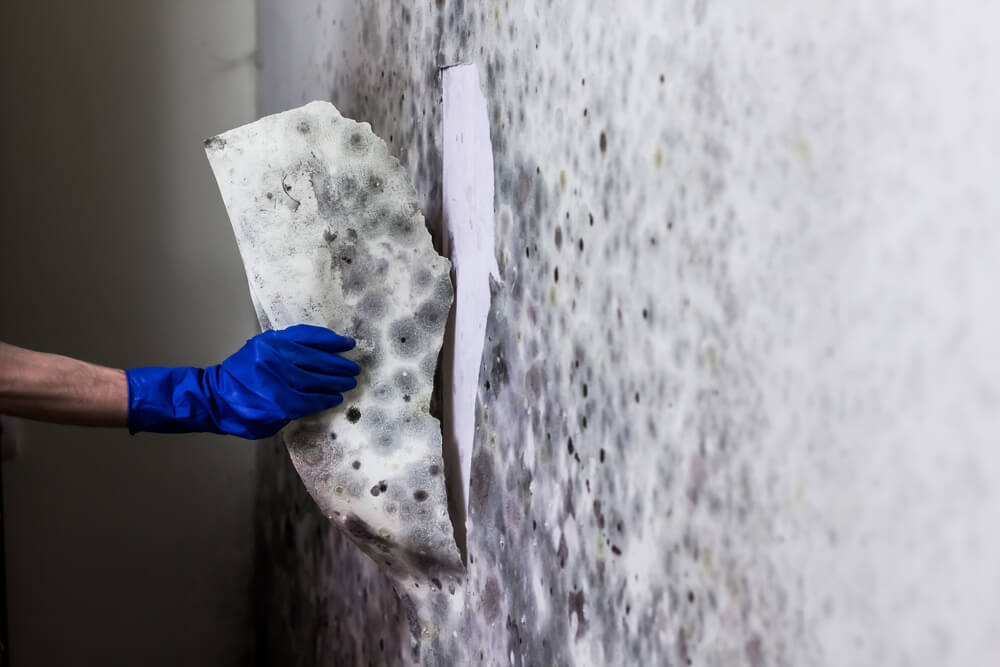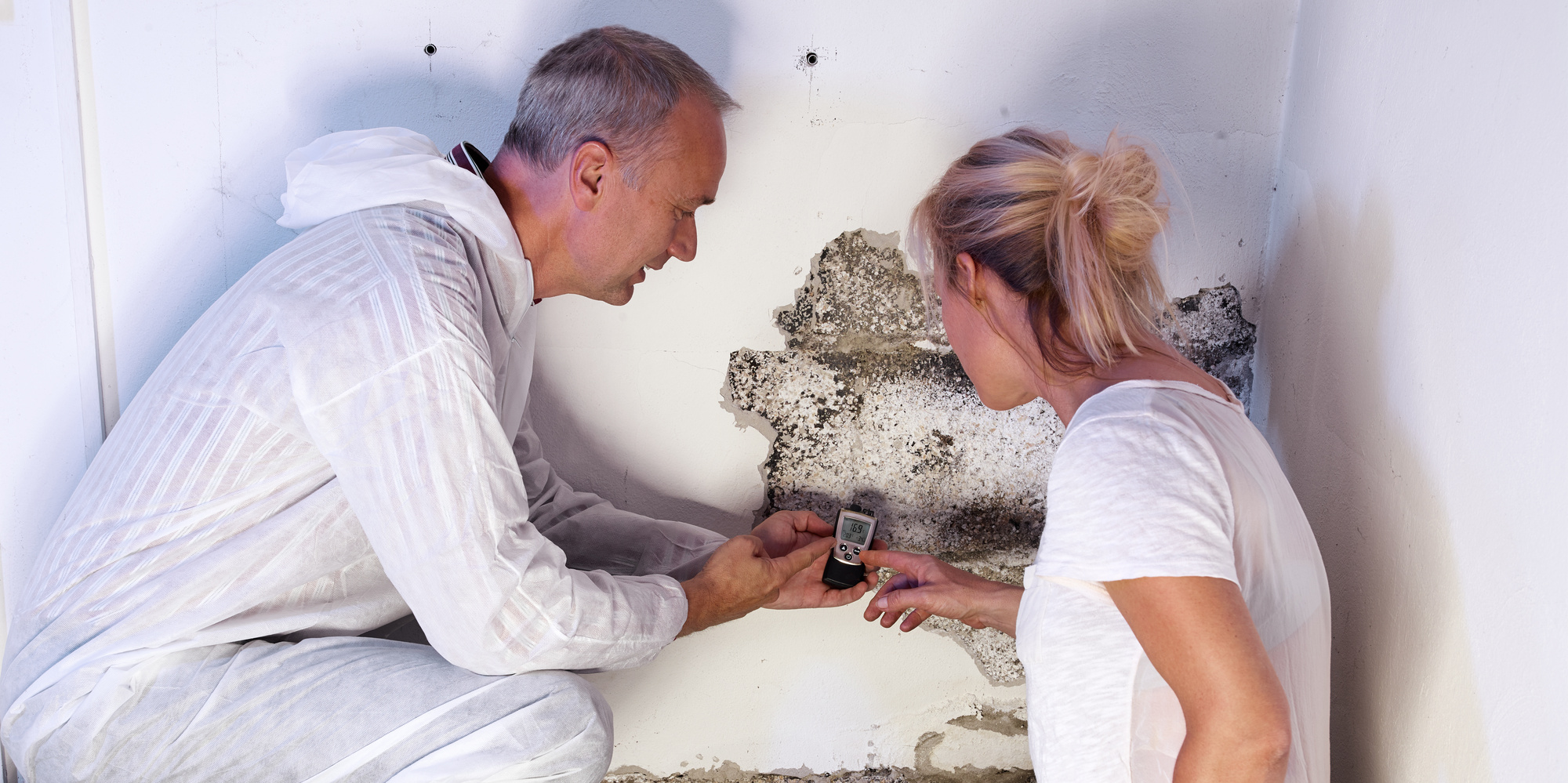Testing Air Quality After Mold Remediation
Testing Air Quality After Mold Remediation
Blog Article
Your Ultimate Guide to Article Mold Remediation Strategies
Navigating the world of post-mold removal techniques is a precise procedure that demands interest to information and a comprehensive understanding of the ins and outs included. In the after-effects of mold problem, knowing how to successfully remove the mold and mildew and prevent its reoccurrence is extremely important for preserving a healthy interior atmosphere. From choosing the best cleaning and sanitizing methods to applying techniques for long-term mold and mildew avoidance, each action in the remediation journey plays an essential duty in ensuring an effective end result. As we get started on this exploration of post-mold removal methods, we will certainly uncover the crucial strategies and finest methods that can aid you recover your room to its pre-mold problem and protect it against future mold and mildew threats.
Understanding Post-Mold Remediation Process
After finishing the mold removal procedure, it is essential to understand the post-mold remediation strategies that are required to ensure a effective and comprehensive cleaning. As soon as the mold has been gotten rid of, the next action includes cleaning and disinfecting the affected locations to avoid any type of regrowth of mold.
Moreover, conducting a final evaluation post-remediation is important to make certain that all mold and mildew has actually been successfully eliminated. This evaluation ought to entail a detailed visual check along with perhaps air sampling to verify the absence of mold spores airborne. Extra removal might be essential if the inspection discloses any kind of sticking around mold. Enlightening residents on precautionary measures such as regulating wetness levels and quickly dealing with any kind of water leaks can help maintain a mold-free setting.
Efficient Cleansing and Decontaminating Approaches

Protecting Against Future Mold Development

Importance of Correct Ventilation
Correct ventilation plays an essential duty in avoiding moisture accumulation, an essential element in mold and mildew development within interior environments. Efficient ventilation systems help eliminate excess moisture from the air, lowering the chances of mold and mildew spores discovering the dampness they need to germinate and spread. Without sufficient air flow, indoor areas can come to be a reproduction ground for mold, leading to potential health and wellness risks and structural damage.
By making certain correct air flow, ventilation systems can additionally assist in drying out moist areas quicker after water damage or flooding incidents, even more discouraging mold development. Post Mold remediation cleaning. Precede like shower rooms, cooking areas, cellars, and attics where moisture levels often tend to be greater, installing and preserving reliable air flow systems is crucial in protecting against mold and mildew invasions

Surveillance and Maintenance Tips
Provided the important duty that correct ventilation plays in avoiding mold and mildew development, it is vital to establish efficient tracking and maintenance ideas to make sure the ongoing performance of air flow systems. Routine examinations of ventilation systems must be performed to look for any indications of obstructions, leaks, or malfunctions that could impede appropriate air flow. Tracking humidity degrees within the residential property is also essential, as high humidity can add to mold and mildew development. Mounting a hygrometer can assist track humidity degrees and sharp property owners to any type of spikes that may require focus. In addition, guaranteeing that air filters are on a regular basis cleaned up or replaced is crucial for keeping the performance of the air flow system. Carrying out a schedule for regular upkeep jobs, such as duct cleaning and look at here HVAC system examinations, can aid protect against problems prior to they intensify. By remaining alert and proactive to the problem of ventilation systems, property owners can more information successfully reduce the danger of mold and mildew regrowth and keep a healthy indoor atmosphere.
Conclusion
In final thought, post-mold remediation strategies are important for ensuring a risk-free and tidy environment. Recognizing the procedure, applying effective cleaning and decontaminating methods, preventing future mold and mildew development, keeping appropriate ventilation, and routine surveillance are all essential action in the remediation procedure. By adhering to these standards, you can efficiently remove mold and mildew and avoid its return, promoting a healthy and balanced living or working space for all residents.
In the after-effects of mold problem, recognizing how to effectively get rid of the mold and mildew and prevent its reoccurrence is paramount for preserving a healthy interior atmosphere. Once the mold and mildew has actually been eliminated, the following action involves cleansing and sanitizing the affected locations to avoid any kind of regrowth of mold and mildew - Post Mold Remediation. After getting rid of visible mold and mildew development, it is vital to clean all surface areas in the affected area to eliminate any kind of remaining mold and mildew spores. To further improve mold avoidance steps, it is essential to deal with underlying concerns that at first led to mold and mildew development.Provided the essential role that proper air flow plays in avoiding mold development, it is crucial to establish reliable monitoring and maintenance ideas to make certain the ongoing capability of ventilation systems
Report this page